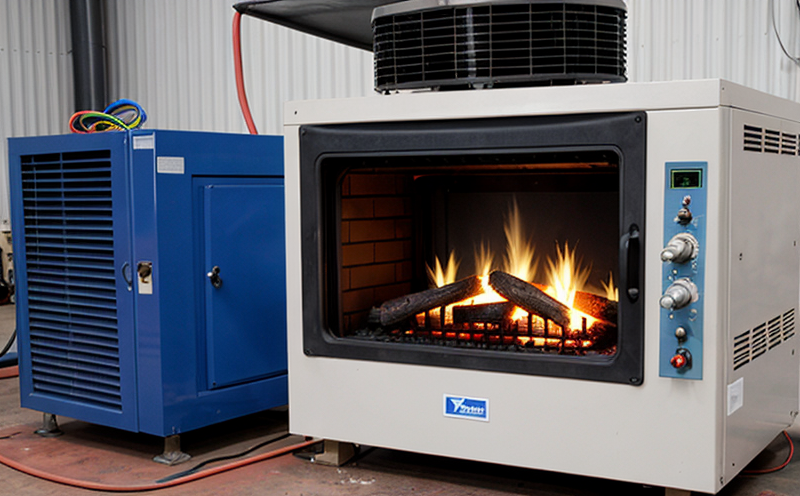ASTM E831 Thermal Expansion Testing of Lighting Materials
The ASTM E831 standard provides a method for determining the linear thermal expansion of materials used in lighting fixtures and other components. This testing is crucial for ensuring that the materials used do not undergo excessive dimensional changes when subjected to temperature variations, which can lead to functional failures or aesthetic issues.
The test involves subjecting specimens cut from the material under examination to controlled heating and cooling cycles while measuring their length. The specimen's expansion or contraction with each increment of temperature is then calculated using the data collected during the procedure. This information is vital for manufacturers to select materials that meet performance requirements in various environmental conditions.
The ASTM E831 standard specifies a precise methodology, including the types of specimens to be used, the heating and cooling rates, and the instruments required for accurate measurement. It ensures consistency across different laboratories performing this test, which is essential for the reliability and comparability of results.
Understanding thermal expansion is particularly important in lighting materials because these components operate under a wide range of temperatures due to changes in ambient conditions or operating environments. For instance, LEDs can generate significant heat during operation, leading to potential expansion and contraction cycles if not properly managed. This test helps manufacturers design fixtures that are robust against such stresses.
The ASTM E831 procedure is particularly beneficial for materials like aluminum alloys, copper, brass, and other metals used in lamp bases or reflectors due to their varying thermal properties. It also applies to composite materials where different layers may have differing expansion coefficients, affecting the overall performance of the fixture.
Manufacturers who adhere to ASTM E831 standards can ensure that their products meet regulatory requirements and perform reliably under expected temperature fluctuations. This is especially critical for outdoor fixtures or those installed in areas with significant seasonal temperature variations.
In summary, ASTM E831 thermal expansion testing plays a pivotal role in the development of high-performance lighting materials by providing data essential for material selection and design optimization.
Eurolab Advantages
- Comprehensive expertise in ASTM E831 testing procedures
- Access to state-of-the-art facilities for accurate measurement
- Experienced and certified personnel ensuring precise results
- Robust quality assurance processes to maintain consistency
- Compliance with international standards ensuring reliability
- Dedicated technical support throughout the testing process
Why Choose This Test
- Achieve compliance with ASTM E831 standard for material performance
- Evaluate materials' suitability for lighting applications under temperature variations
- Ensure product reliability and longevity in diverse operating environments
- Optimize design to minimize risks of functional failure due to thermal expansion
- Enhance the aesthetic appeal by preventing material warping or deformation over time
- Promote customer satisfaction through consistent performance across products
Use Cases and Application Examples
The ASTM E831 thermal expansion test is widely used in the lighting industry to ensure that materials perform reliably under varying temperatures. Here are some specific use cases:
- LED Fixture Manufacturers: Ensuring the correct fit of LED lens components and mounting brackets.
- Reflector Designers: Selecting materials that maintain their shape and reflectivity under temperature changes.
- Thermal Management Solutions: Evaluating the performance of heat sinks in relation to ambient conditions.
- Solar Lighting Systems: Assessing the durability of solar panels and mounting structures exposed to extreme temperatures.
The results from ASTM E831 testing can also be used to inform design modifications, ensuring that materials chosen for new products meet stringent performance criteria. By incorporating this test into their quality assurance processes, manufacturers can significantly enhance the reliability of their lighting systems.





